Kabale University Staff uses experience in China to inspire students
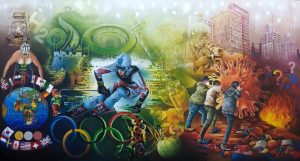
In one of the paintings, Edward Kamugisha Ssajjabbi tells a story of the Beijing Winter Olympics as the world combats the COVID-19 pandemic.
The art piece also shows three people pushing the coronavirus into fire as a scientist does research. It also shows a lamp, signaling the light of life, and modern buildings portraying Beijing. The Great Wall of China features in the background.
This is one of Ssajjabbi canvas art pieces that portray the relation between China, Africa and the world.
Born in Kabale, a remote hilly southwestern district of Uganda, Ssajjabbi has through persistence used his talent to reach the international scene.
On the journey to the global scene, Ssajjabbi has faced several successes and hardships.
As a little boy, Ssajjabbi used to frequent his father’s bar where a painter showcased his works.
“I admired the way he was doing them and loved to assist him like in case of picking items closer to him during the execution process. Later on when he had left, I started to frequent our bar with papers and pencils copying what he did,” Ssajjabbi, who is also an academician, told Xinhua.
“This forced me to start discovering colors especially using sweet potatoes and bananas for white, smashing batteries for black and even using earth for different colors. This is how I found myself into art,” he added.
Years on, Ssajjabbi has been able to study right from diploma level as a fine art teacher to now pursuing a doctorate degree in Design and Visual Culture.
“I have done several art exhibitions both sole and joint on local, national and international levels, which have continued ushering me into art and its benefits,” he said.
Ssajjabbi not only teaches art at Kabale University in the southwestern part of the country but also does canvas painting for commercial purposes. He does not have a proper art studio but uses one of the rooms at his residence.
His paintings are mostly about tourism, life in rural Uganda and culture. Most of Ssajjabbi’s clients are foreign tourists who throng the region to watch Mountain Gorillas.
VENTURE INTO CHINA
While Ssajjabbi has travelled the world because of art, his first venture into China was in 2019 when he was invited to attend the Eighth Beijing International Art Biennale.
The Beijing International Art Biennale, which has taken place since 2002, promotes global harmony through contemporary artwork exhibitions. More than 100 countries are represented at the Biennale, with more than 5,000 artists showcasing their visual artworks.
Early this year, Ssajjabbi attended the ninth edition of the Beijing International Art Biennale virtually.
He said the Biennale is important to African artists because they showcase their art together with artists from across the globe.
“There are many artists from different countries worldwide who take part in this Biennale and by doing this, African artists are exchanging their culture with the rest of the world through visual communication,” he said.
“Africans will also increase their scope of understanding by sharing different approaches in execution processes of the art forms,” he added.
Ssajjabbi argued that China is also understanding more of other countries’ culture through visual communication.
He said because of the 2022 Biennale, he has been invited to China’s Taiwan and Senegal in west Africa.
Back home, Ssajjabbi is sharing his China experience with his students at Kabale University.
Through art, one can appreciate and also inspire others to love their culture, said Ssajjabbi.
“Chinese have preserved their culture, which they are sharing with the rest of the world through art, therefore we need to benchmark and follow suit,” he said.
Ssajjabbi argued that art is a key component in the development of a country.
“In almost every industry in a country, art is applied to promote development. In engineering, for fabrication to take place, one needs sketches and drawings as sources of inspiration, no known culture so far which exists without clothes and this is fashion and design,” he noted.
“In hospitals, ceramics is used to produce bone part to replace broken ones and even there are teeth which are made of clay. Art is a precursor to development, there is no development without art,” Ssajjabbi added.
Ssajjabbi is optimistic that within the next five years he will complete his doctorate degree in Design and Visual Culture. He hopes to use the knowledge generated to guide students at higher levels of education especially in research.
He said he will also use the knowledge acquired to improve his artworks especially paintings.
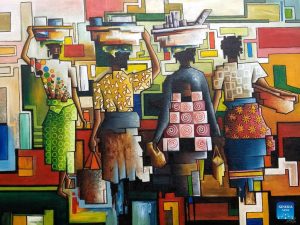
Source: https://english.news.cn/africa/20220724/d76f06dac2de45b4810d4100c4aea5c1/c.html
Discover more from Kabale University News
Subscribe to get the latest posts sent to your email.


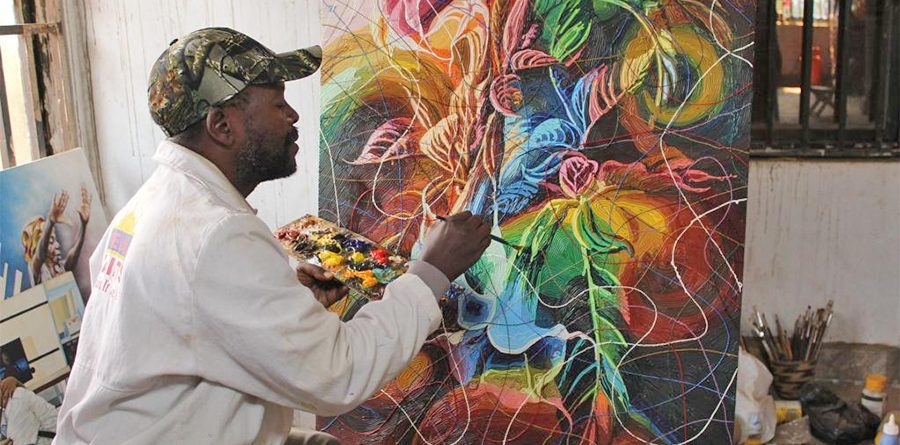


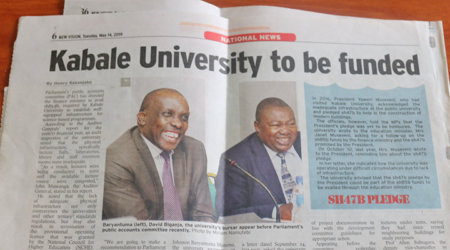
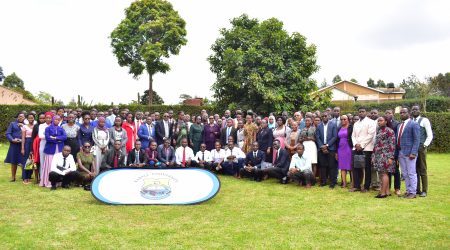
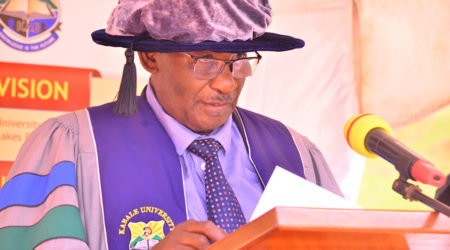


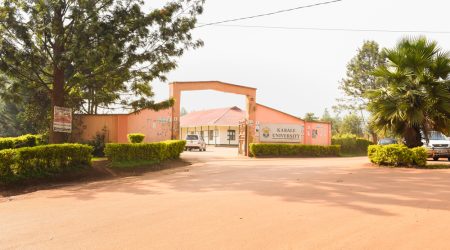
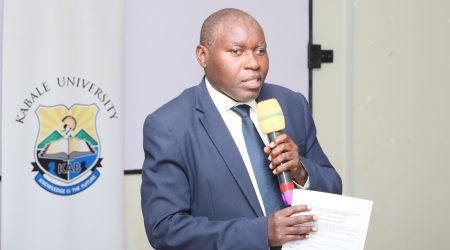
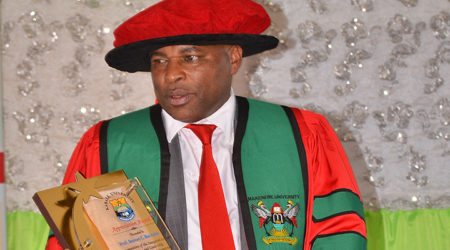
Comments (2)
This is just beyond beautiful ❤️. In love with the artwork here! Wow.
Kudos Mr. Ssajjabbi
Yeye this is super cool and it gives we young artists an opener to keep pushing no matter what…..